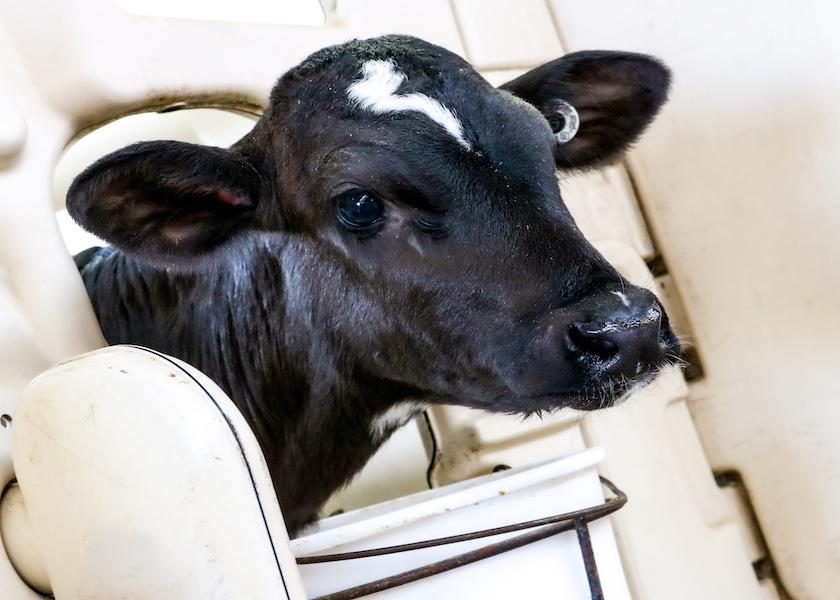Are You What's Standing in the Way of Pain Mitigation?

A recent survey by researchers at Colorado State University and published in the journal Frontiers in Pain Researchtook a deep dive into the practice of pain mitigation in calves, and the factors that increased the likelihood that managers would embrace pain-reducing measures when performing common calf-management procedures.
The researchers identified pain in cattle – particularly calves – as a significant welfare concern for the livestock industry. They noted that in the United States, expectations for pain mitigation for procedures like dehorning/disbudding, castration, and branding have increased, but “there are no legislative requirements, and industry-driven policies are still limited and variable across procedures and conditions.”
The U.S. livestock industry also has fewer approved analgesic veterinary pharmaceutical products at its disposal compared to other parts of the world, which is a factor influencing how widely pain mitigation is used.
The objectives of the study were to:
- Summarize perceptions of painfulness associated with various procedures and disease conditions;
- Assess factors that may explain differences in perceptions of painfulness; and
- Assess potential relationships between perceptions of painfulness and pain mitigation practices among producers and veterinarians working in the U.S. beef and dairy cattle industries.
The survey was distributed via several industry membership listservs and social media groups. It included 46 questions that were adapted from a previous survey of veterinarians in the United Kingdom. The data set of total, usable responses included 1,187 surveys, made up of 497 producers, 569 veterinarians, and 121 who were both veterinarians and producers.
The procedures evaluated included abdominal surgery, surgical castration, band castration, hot iron dehorning, paste disbudding, hot iron branding, freeze branding, bovine respiratory disease, and lameness. All procedures were assessed for calf age groups of less than 2 months of age, 2-12 months of age, and greater than 12 months of age.
Among their key findings were:
- Surgical castration at greater than 12 months of age was perceived to be the most painful procedure overall.
- The perceived least painful procedure overall was paste disbudding at less than 2 months of age, followed by freeze branding at 2-12 months of age, and band castration at less than 2 months of age.
- Respondents who were veterinarians or veterinarian-producers rated pain greater than producers for almost all procedures and conditions. Veterinarians also had significantly great odds of using pain mitigation in cattle across all age groups.
- Men rated the majority of procedures as less painful compared to women. The only procedure that showed no difference in pain perception based on gender was hot iron branding.
- There was no consistent pattern for the influence of the age of humans on pain perception.
- The perception of pain significantly impacted the likelihood of respondents to provide both local and systemic analgesics to cattle across all ages for all procedures and conditions, with higher perceived pain strongly associated with greater frequency of providing pain mitigation.
The authors noted that, based on previous research, there is a misleading notion that younger animals feel less pain. “Research has established that young animals, i.e., calves, do feel pain, but the response is expressed differently both physiologically and behaviorally as compared with older animals,” they stated.
They also suggested there is a need for better communication and collaboration between veterinarians and cattle producers regarding pain management and improved animal welfare on farms.
For more on calf health, read:
- “Must-haves” for Autofeeder Barns
- Facility Focus: Milk Taxis Help Drive Calf Consistency
- How to Mimic the Perks of Transition Milk
- 7 Steps to Start Calves on Starter
- “Hybrid” Approach Helps Maximize Colostrum Quality







